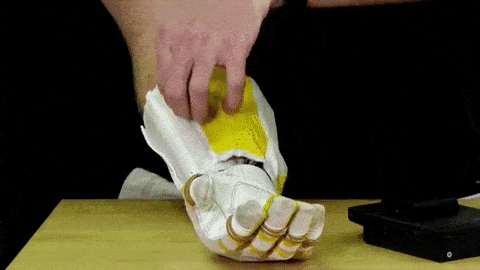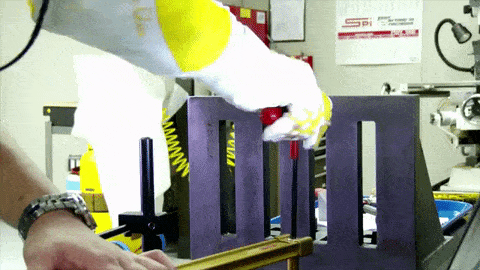The RoboGlove, a NASA and General Motors joint design intended to help astronauts perform heavy duty repairs, will become available on Earth. The technology has been licensed to Sweedish medical technology firm Bioservo Technologies.

Image credits NASA/GM
This glove is the product of a nine-year collaboration between GM and NASA, who partnered for the Robonaut 2 project — a humanoid robot meant to assist ISS astronauts with maintenance and repair works, which was launched in 2011. The technology that went into creating the robot’s hands, designed to be as dextrous and versatile as a human’s hands, were further developed into the RoboGlove.
This wearable tool is equipped with a network of pressure sensors that can detect when the user is holding an object and a series of actuators and synthetic tendons to apply extra grip.

“An astronaut working in a pressurized suit outside the space station or an assembly operator in a factory might need to use 15 to 20 pounds of force to hold a tool during an operation,” said NASA in 2012 while the glove was still ion development. “But with the robotic glove they might need to apply only five to 10 pounds of force. The roboglove halves the amount of force needed”
The device is powered by a battery pack worn on the user’s belt and lends itself well to industries where workers have to put in sustained effort over long periods of time — such as assembly workers, manual laborers, and even surgeons.
Gif via youtube
Kurt Wiese, vice president of General Motors Global Manufacturing Engineering, said in a news release:
“The successor to RoboGlove can reduce the amount of force that a worker needs to exert when operating a tool for an extended time or with repetitive motions.”
No timeframe for the glove’s deployment has been given yet, but this gripping technology is joining a growing number of products designed to make workers’ activities safer and more efficient. Companies such as Hyundai, BMW, and Panasonic have all announced they’re working on exoskeleton prototypes aimed at helping manufacturing workers.







